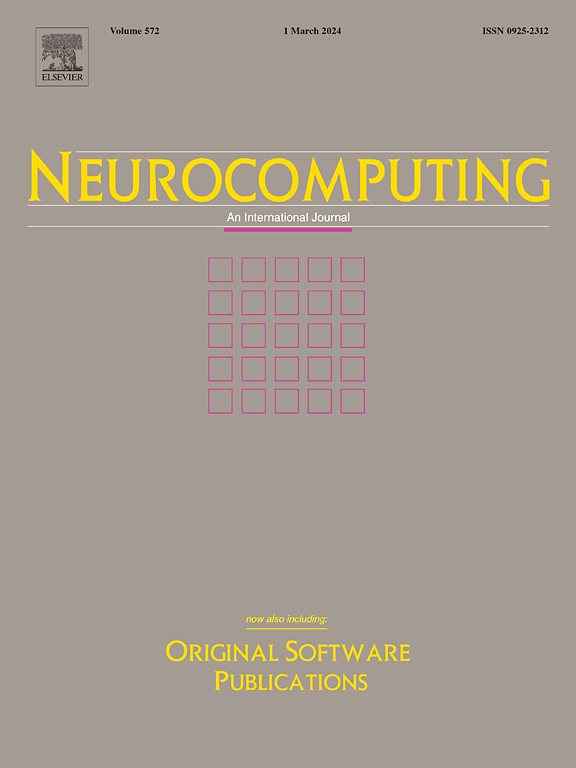GCTGNN: A forecasting method for time series based on graph neural networks and graph clustering
IF 5.5
2区 计算机科学
Q1 COMPUTER SCIENCE, ARTIFICIAL INTELLIGENCE
引用次数: 0
Abstract
Graph structure can better extract and represent the complex spatio-temporal relationships among multiple time series in forecasting tasks. Their accurate prediction, however, remains a challenge if each forecasting target is not only affected by the overall trend of the graph structure but also by the strong correlation among its local neighborhood nodes as the time series evolve. In this paper, we propose a forecasting method for time series based on Graph Clustering and Graph Neural Networks, named as the GCTGNN model. GCTGNN firstly clusters nodes of strong correlations within the graph’s local neighborhood, deriving multiple sub-graphs. Subsequently, it employs a graph neural network to extract the nodes’ feature information within each sub-graph. Then, a two-layer time series forecasting structure is introduced. The first layer learns the local change trend of each sub-graph over time which are then fused across sub-graphs through an attention mechanism, thereby deriving the global change features. The second layer then propagates these fused global features to each node within each sub-graph to obtain the forecasting results. Experimental results on different datasets show that GCTGNN outperforms other baseline models in the task of complex graph time series forecasting where local neighborhood nodes have strong correlations.
求助全文
约1分钟内获得全文
求助全文
来源期刊

Neurocomputing
工程技术-计算机:人工智能
CiteScore
13.10
自引率
10.00%
发文量
1382
审稿时长
70 days
期刊介绍:
Neurocomputing publishes articles describing recent fundamental contributions in the field of neurocomputing. Neurocomputing theory, practice and applications are the essential topics being covered.
 求助内容:
求助内容: 应助结果提醒方式:
应助结果提醒方式:


